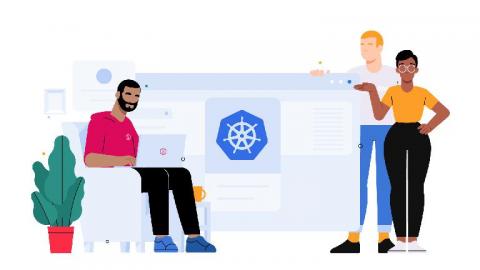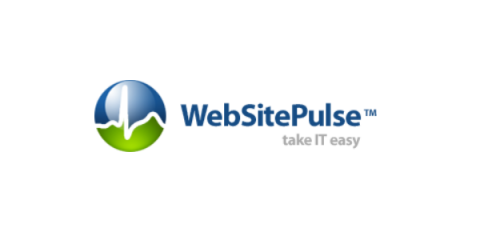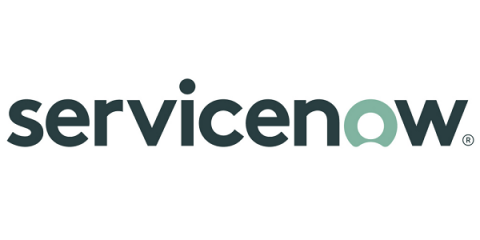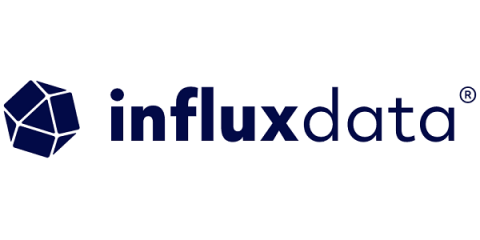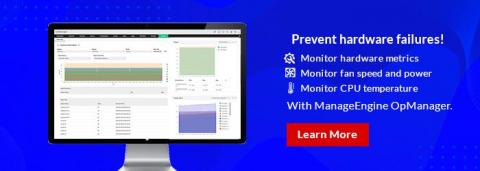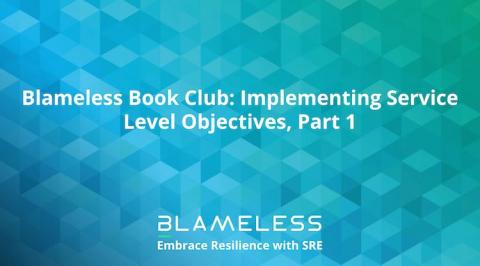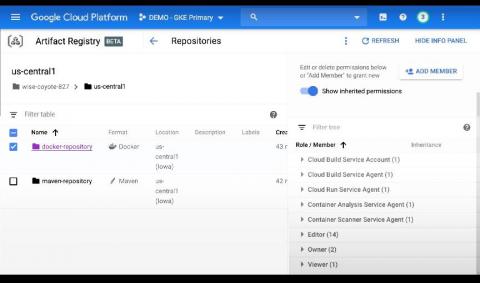Announcing LogDNA Agent v2.2 Beta
We’re excited to announce the public beta release of our latest Agent v2, which includes two major feature improvements for our Kubernetes® customers. First, Agent v2.2 now supports Kubernetes event logs that enable more seamless Kubernetes deployment troubleshooting. In addition, we now support running Agent v2 as a non-root user, making Agent v2 the most secure Kubernetes agent on the market.


